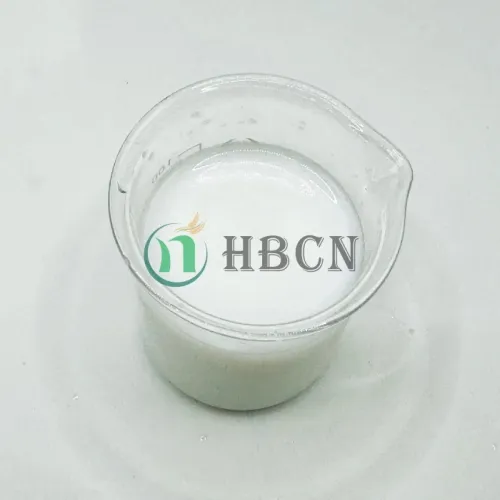
Aug. . 18, 2024 14:17 Back to list
Pyraclostrobin Production Insights from Leading Manufacturers for Crop Protection Solutions
The Role of Pyraclostrobin Manufacturers in Agriculture
Pyraclostrobin is a widely used fungicide that belongs to the strobilurin class of chemicals, known for their effectiveness in controlling a broad spectrum of fungal pathogens affecting various crops. As one of the leading solutions in modern agriculture, pyraclostrobin plays a vital role in enhancing crop yield and quality, which is crucial for food security and sustainable farming practices. The manufacturers of pyraclostrobin thus play a crucial role in the agricultural supply chain, influencing both the economy and environmental sustainability.
Understanding Pyraclostrobin
Pyraclostrobin functions by inhibiting the respiration of fungi, thereby preventing their growth and reproduction. This mode of action makes it particularly effective against diseases such as powdery mildew, rust, and various leaf spot diseases. The compound is often used in conjunction with other fungicides to develop effective integrated pest management strategies. This not only helps in maximizing crop protection but also reduces the likelihood of fungal resistance, a growing concern for agricultural professionals.
The Role of Manufacturers
Manufacturers of pyraclostrobin play a multi-faceted role in bringing this essential fungicide into the agricultural market
. Their responsibilities include research and development (R&D), production, quality control, and distribution.1. Research and Development The development of pyraclostrobin involves extensive research to improve its efficacy and reduce any potential environmental impact. Manufacturers invest significant resources into R&D to create formulations that can withstand various agricultural conditions while remaining effective against target pathogens.
pyraclostrobin manufacturers

2. Production Once a formulation is developed, manufacturers must scale up production while adhering to strict regulatory standards. The production process must ensure the purity and stability of pyraclostrobin to guarantee its effectiveness in the field.
3. Quality Control Quality assurance is paramount to ensure that each batch of pyraclostrobin meets safety and efficacy standards set by governmental agencies. Manufacturers implement rigorous testing protocols throughout the production process to ensure that their products are free from contaminants and perform as expected.
4. Distribution and Marketing Once produced, pyraclostrobin must be efficiently distributed to agricultural suppliers and farmers. Manufacturers often work closely with distributors to ensure that the product reaches the market effectively while also providing educational resources to inform users about application methods and dosage.
Economic and Environmental Considerations
In addition to directly impacting crop production, the role of pyraclostrobin manufacturers extends to the broader economic context. By providing effective disease control, they help farmers maximize their yield and revenue, which is essential in a global market where food demand continues to rise. However, there is also a growing emphasis on sustainable farming practices. Manufacturers are increasingly focusing on environmentally friendly production processes and biodegradable formulations to minimize their ecological footprint.
Conclusion
The significance of pyraclostrobin manufacturers in the agricultural landscape cannot be overstated. Their contributions to crop protection not only enhance farmers' productivity but also support global food security initiatives. As the agricultural industry faces challenges such as climate change and increasing pest resistance, the innovation and commitment of pyraclostrobin manufacturers will be vital in driving sustainable agricultural practices for the future. As we move towards a more sustainable model of agriculture, collaboration between manufacturers, farmers, and researchers will be essential in developing solutions that meet the growing demands of food production while safeguarding the environment.
-
Dicamba Herbicide for Creeping Charlie – Effective & Selective Weed Control Solution
NewsJun.10,2025
-
Premium Penthiopyrad Fungicide for Effective Crop Protection Compare with Carbendazim & Copper Fungicides
NewsJun.10,2025
-
Top Products Containing Bifenthrin Effective Insecticide Solutions
NewsJun.10,2025
-
Powerful Lambda Cyhalothrin & Emamectin Benzoate Insecticide
NewsJun.10,2025
-
Emamectin Benzoate 5% Wholesale Supplier - Premium Quality
NewsJun.10,2025
-
Indoxacarb PubChem Key Pesticide Properties & Benefits
NewsJun.09,2025
